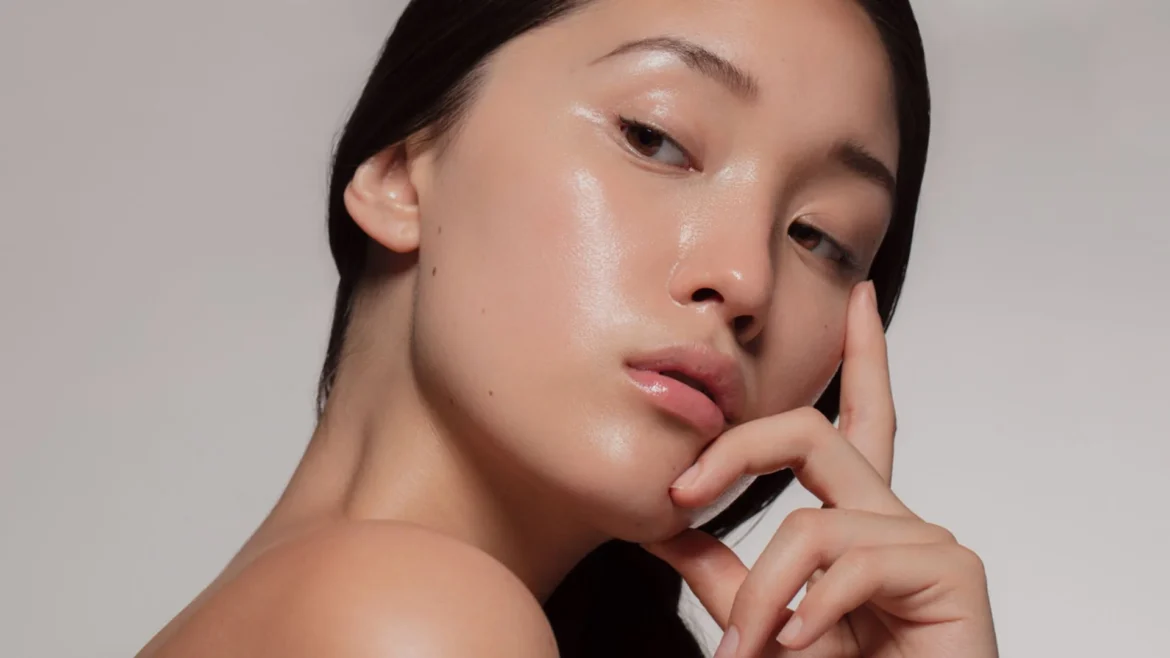There’s a certain magic to skin that seems to glow from within — the kind that looks almost liquid under soft light, poreless and smooth like polished marble. It’s not quite dewy, not quite shiny, but something more elusive: a surface that seems to radiate calm, hydration and health all at once.
The world calls it glass skin.
Born from South Korea’s beauty culture, the term has travelled continents, transcending language, age and even gender. What began as a niche K-beauty ideal — a kind of reflective clarity inspired by porcelain and light — has evolved into a global aesthetic obsession. Today, “glass skin” isn’t just a look; it’s a philosophy, a lifestyle, and for many, a daily ritual of mindful self-care.
But what does it really take to achieve that light-catching translucence? And why has this particular kind of glow become the universal symbol of modern beauty?
A Trend With Roots Deeper Than Instagram
The rise of glass skin may seem like another viral moment — a TikTok trend born from filters and hashtags. But its origins predate the social media era. The idea of flawless luminosity has been part of East Asian skincare traditions for centuries.
In Korea, smooth, hydrated, clear skin was historically considered a reflection of balance and inner wellbeing, not vanity. Traditional hanbang (herbal medicine) ingredients such as ginseng, rice water and green tea were used not just for cosmetic reasons, but as part of a holistic approach to health.
The phrase glass skin first gained global traction around 2017, when Korean beauty influencers began sharing meticulous, multi-step routines designed to create that signature mirror-like sheen. Western audiences, weary of matte foundations and heavy contouring, were instantly captivated. For the first time in decades, perfection didn’t mean covering the skin — it meant revealing it.
The Science Behind the Shine
Despite its ethereal appearance, glass skin is anything but superficial. Beneath that glow lies biology.
Healthy skin naturally reflects light when it’s smooth, hydrated and evenly toned. Dead cells, dehydration and inflammation scatter that light — making the surface appear dull or textured. The glass-skin routine works by optimising each layer of the skin’s barrier, ensuring it’s supple, well-nourished and resilient enough to catch and refract light beautifully.
Dermatologists often describe it as “optical health”: light enters the epidermis and bounces back cleanly because the surface is uniform and moisture levels are high. It’s why true glow can’t be faked — no amount of highlighter can replicate what hydrated cells and balanced oil production can achieve naturally.
At the heart of this process is the moisture sandwich — the layering of hydrating toners, essences, and lightweight serums before sealing everything with a protective emollient. Each layer traps micro-pockets of water, creating that glossy, plump texture that makes light dance on the skin.

